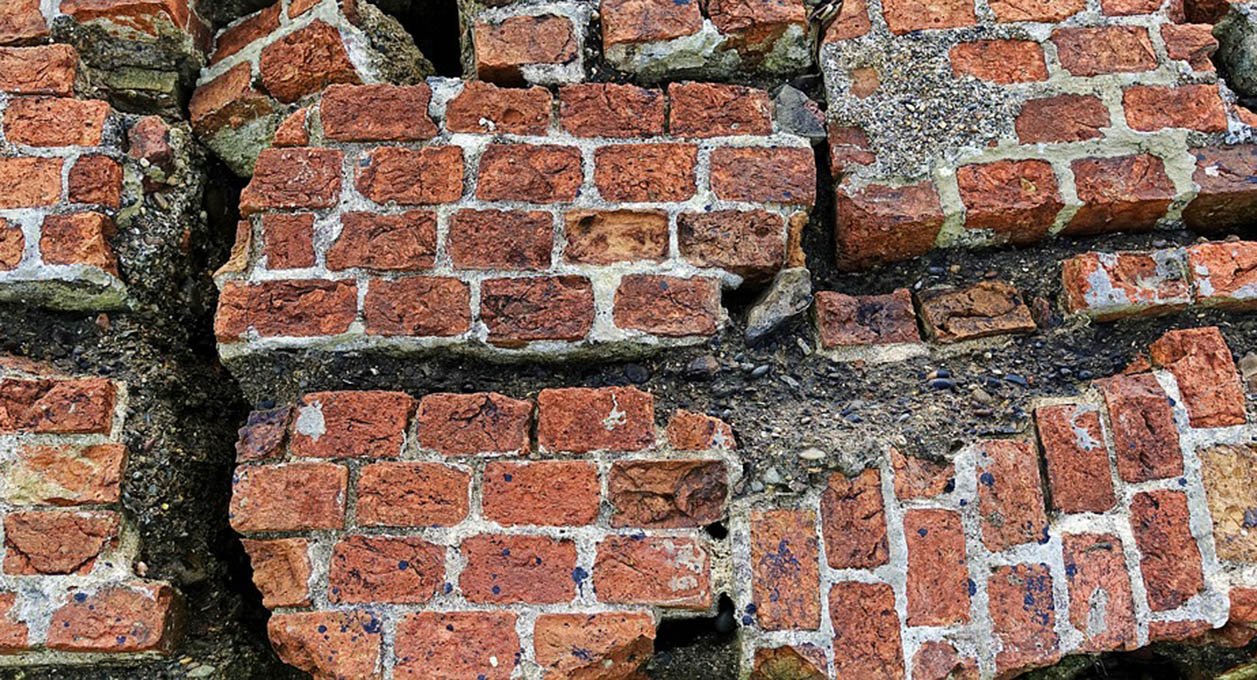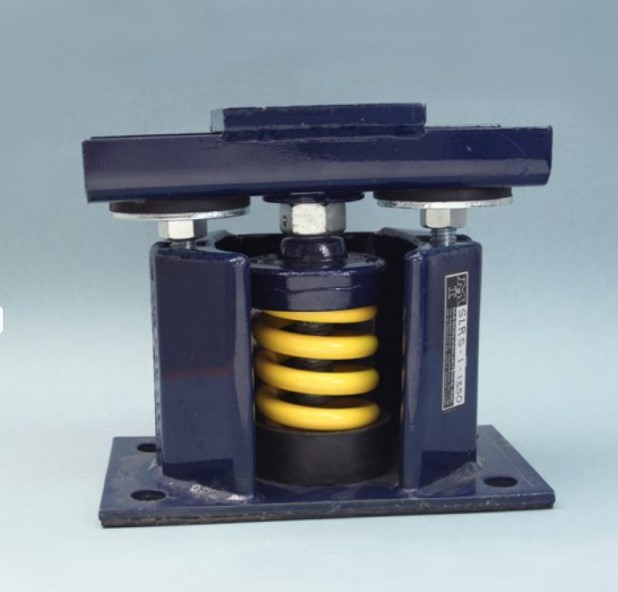Seismic activity may be rare in the UK, but many buildings and critical infrastructure need to be protected from blasts. The cost of specialised equipment capable of withstanding the forces and violent movement caused by seismic and blast activity can be extortionate. However, there is an alternative, more efficient way of providing this blast protection than the traditionally expensive ‘ruggedisation’ method. Here, Adam Fox, director of vibration control specialist Mason UK, explains how you can provide effective blast protection in projects, including where vibration isolation is also required.
Say ‘seismic activity’ in the UK and you might just think of a few damaged chimney pots. Yet while genuine seismic activity might be rare, the engineering expertise that is used to protect buildings from seismic activity still has relevant applications. Bomb blasts or terrorist activity can subject buildings and critical infrastructure to what is euphemistically referred to as ‘accidental loads.’
Faced with these accidental loads, buildings need to remain viable. They must remain stable enough for people to evacuate and firefighters to enter if needed.
You also want to avoid the ventilation or water supply being taken out by the blast. Consequences like these could be disastrous, especially in military installations or for critical infrastructure like power stations.
Engineers, therefore, design buildings with these criteria in mind. The basic engineering principles were set out in the International Building Code that was designed with the help of our big brother across the pond, Mason Industries, in the 1970s.
In many conventional buildings, the volume of steel and concrete provides sufficient blast protection, but in situations where you need to introduce a structural break for vibration isolation reasons, you require a different level of engineering expertise.
For example, let’s say you have a building that is mounted on a series of columns and is near a train line. You might place one of our bearings on top of the column, to protect the building from the vibration caused by the train.
Suddenly, you have a soft connection between the column and the structure it is supporting. So how do you make sure the column is fit to withstand the accidental loads referred to before?
In these situations, where vibration isolation meets blast protection requirements, there are two solutions. The more simple, traditional approach is to apply heavy restraints which can be seriously expensive and if poorly designed can easily negate the benefit of the vibration control measures It is more efficient for cost and performance to design a connection that respects both.
Ensuring building services remain operational can keep a building running. Expensive ‘ruggedised’ plant equipment can cope with forces but the smarter, far cheaper engineering solution would involve combing anti-vibration mounts with inbuilt restraints.
The former provides general vibration isolation but will also reduce any forces from a blast or accidental load down to levels that standard, off the shelf equipment can withstand.
The equipment in the video shows spring mounts with seismic restraints cushioning a pump and motor. It may look violent but the goal is to reduce forces down to less than the equipment would see when being shipped to site.
We have worked on many projects for the military and government, as well as for buildings whose function just cannot be interrupted for repairs. We worked to provide a holistic engineering solution, ensuring the entire system was designed to withstand accidental loads and protect critical infrastructure.
If you need to introduce structural breaks for vibration isolation, or need to meet blast protection criteria, you face a problem. However, the problem is not that we lack a viable engineering solution in these situations.
The problem is, so many developers, architects and engineers are simply not aware that this kind of engineering solution is available and therefore fork out extortionate sums on ruggedization and extra testing.
Mason UK is a vibration isolation specialist with extensive expertise in seismic engineering. To discover how their products and engineering can assist your projects, visit mason-uk.co.uk, email info@masonuk.co.uk or call (01252) 716610.





